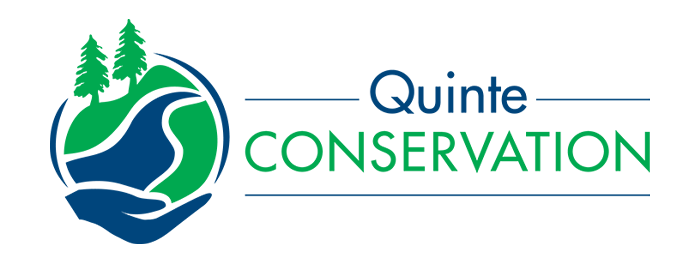The PWQMN collects monthly water quality information from rivers and streams at strategic locations throughout Ontario. We have been participating in this program for more than 50 years and continue to monitor water quality in the Moira River, Napanee Region, and the Prince Edward Region watersheds. The water samples we collect are sent to the Ministry of Environment, Conservation and Parks (MECP) where they are analyzed for various general chemistry parameters such as, but not limited to:
- metals
- biochemical oxygen demand
- mercury
- suspended solids
- dissolved and total nutrients
- turbidity
Water quality data is regularly added to the MECP's Provincial (Stream) Water Quality Monitoring Network database. The information represents the wealth of historic and current surface water quality information, and allows individuals to view and search water quality data.

